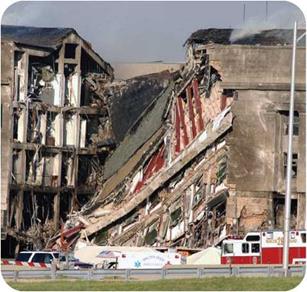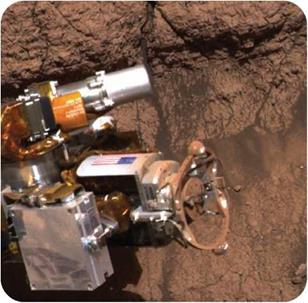Types of Wind Tunnels
The first wind tunnels were open-ended tubes through which air was blown. These were soon replaced by wind tunnels that blew the same air around in an endless loop. This layout is called a closed-circuit wind tunnel. The temperature, humidity (amount of moisture), and speed of the air can be better controlled in a closed – circuit tunnel.
Open wind tunnels still are used for some tests. If a working engine was being tested in a wind tunnel, a closed circuit tunnel would recirculate the engine exhaust gases, and that would affect the engine’s performance and thrust. In such cases, an open wind tunnel is used. Fresh air is taken in, accelerated through the test section once, and then expelled along with the engine exhaust gases.
Wind tunnels also can be classified according to the airspeed in their test section. There are subsonic tunnels, with airspeeds less than the speed of sound, and transonic tunnels, in which the air travels at about the speed of sound. Supersonic tunnels have airspeeds greater than the speed of sound, while hypersonic tunnels are for tests at more than five times the speed of sound.











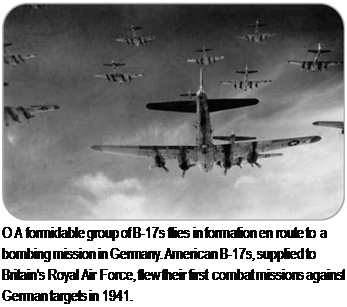 The Battle of Britain was the first Allied air victory of the war. The Allies owed their success to a new invention: a top-secret radar system that gave early warning of the approaching enemy bombers. The British also had two modern fighter planes. The Hurricane, first flown in 1935 and designed by Sydney Camm (1893-1966), was used to attack German bombers, while the faster Spitfire tackled the German fighter escorts. The Spitfire (first flown in 1936) became one of the most famous airplanes of the war. Designed by Reginald J. Mitchell (1895-1937), it remained in service until the 1950s.
The Battle of Britain was the first Allied air victory of the war. The Allies owed their success to a new invention: a top-secret radar system that gave early warning of the approaching enemy bombers. The British also had two modern fighter planes. The Hurricane, first flown in 1935 and designed by Sydney Camm (1893-1966), was used to attack German bombers, while the faster Spitfire tackled the German fighter escorts. The Spitfire (first flown in 1936) became one of the most famous airplanes of the war. Designed by Reginald J. Mitchell (1895-1937), it remained in service until the 1950s.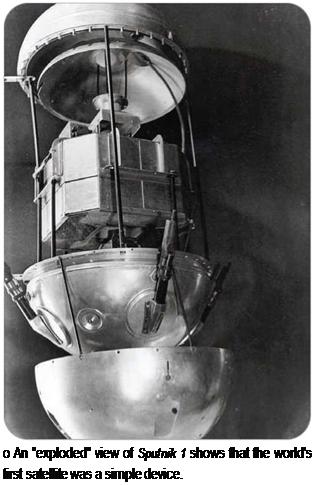 4_________________________ У
4_________________________ У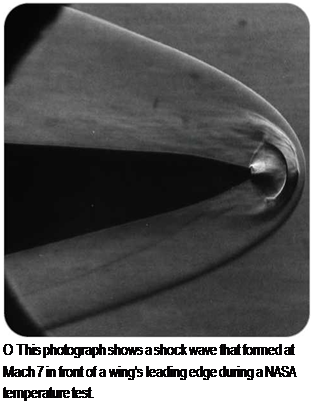 F-100D SUPER SABRE
F-100D SUPER SABRE
 An airplane that takes off and flies 200 miles (320 kilometers) in a circle, landing back on the same runway where its journey began, travels a distance of 200 miles (320 kilometers), but its change in displacement is zero.
An airplane that takes off and flies 200 miles (320 kilometers) in a circle, landing back on the same runway where its journey began, travels a distance of 200 miles (320 kilometers), but its change in displacement is zero.
